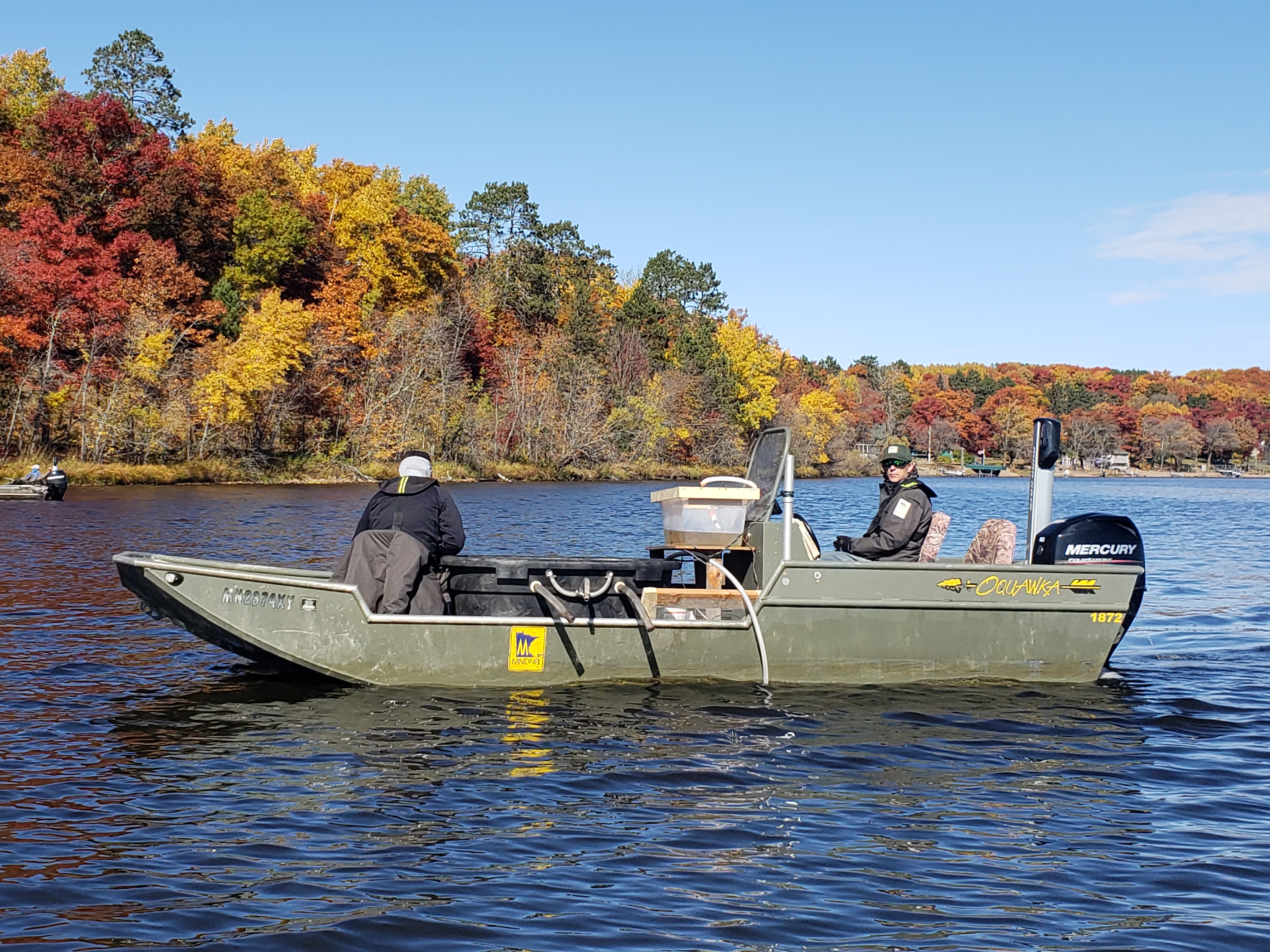The Planning Assistance to States and Tribes Program is authorized by Section 22 of the 1974 Water Resources Development Act, as amended in 1990 and 2007. The U.S. Army Corps of Engineers is authorized to use its technical expertise in water and related land resource management to help states, federally recognized tribes. local government, and other non-federal entities with their water resource problems. Upon written request, the Corps will cooperate with these entities to prepare plans for the development, use, and conservation of water and related land resources within their bounds.
Engineers is authorized to use its technical expertise in water and related land resource management to help states, federally recognized tribes. local government, and other non-federal entities with their water resource problems. Upon written request, the Corps will cooperate with these entities to prepare plans for the development, use, and conservation of water and related land resources within their bounds.
Typical activities studied under the Section 22 program are flood risk reduction, water supply and demand, water conservation, water quality, hydropower, erosion, dam and levee safety, environmental evaluations and navigation. Activities that local units of government can accomplish through the program are watershed studies, inventories of flood-prone structures, hydrologic or hydraulic modeling, water supply investigations, wetland evaluations, cultural resources studies, lake nutrient levels, river spill response, public use planning, dam failure analysis and flood emergency plans. Studies vary in scope from evaluating a specific water resource problem to conducting a thorough, comprehensive study.
Section 22 projects are cost-shared 50/50 with a cash contribution for technical assistance or cash or work-in-kind contributions for a Comprehensive Plan. Appropriate work-in-kind contributions can be credited for up to 100% of the sponsor’s cost share amount. The federal assistance provided is determined by the available appropriations.
Study Procedures
Initially, the Corps and the project sponsor agrees on goals for a work request. The Corps and the project sponsor develop a scope of work, schedule and cost estimate, including essential coordination with other state or tribal offices. The Corps prepares the draft cost share agreement for negotiation with the project sponsor. When negotiation is complete and the state or tribe confirms the availability of funds in writing, the cost share agreement with agreed upon scope of work and cost estimate is transmitted to the Corps’ higher authority for approval.
The district may begin work once approval is granted, federal funds are made available, the sponsor and the district engineer sign the agreement and the sponsor’s 50 percent share of the dollars are received. Note, WRDA 2007 allows for the sponsor’s share of the cost to be up to 100% work-in-kind in lieu of cash.